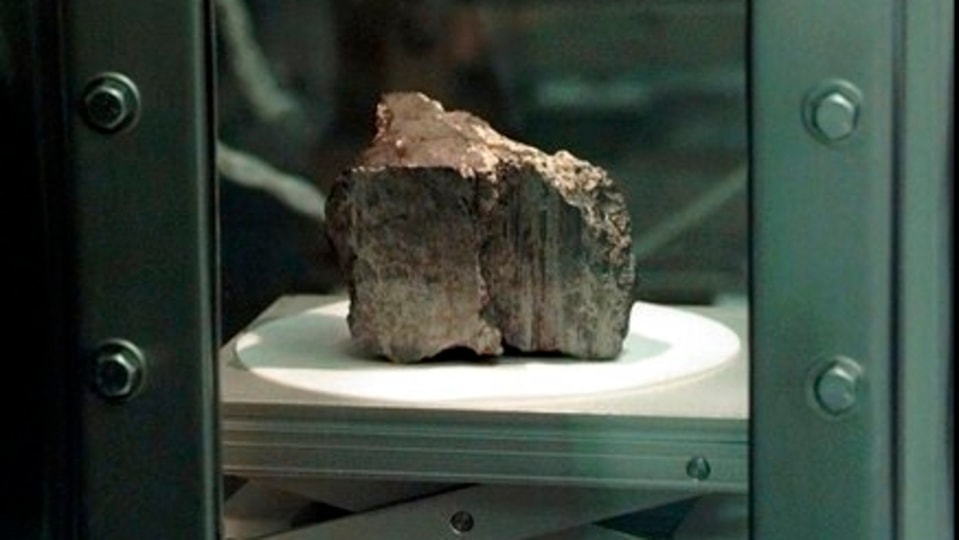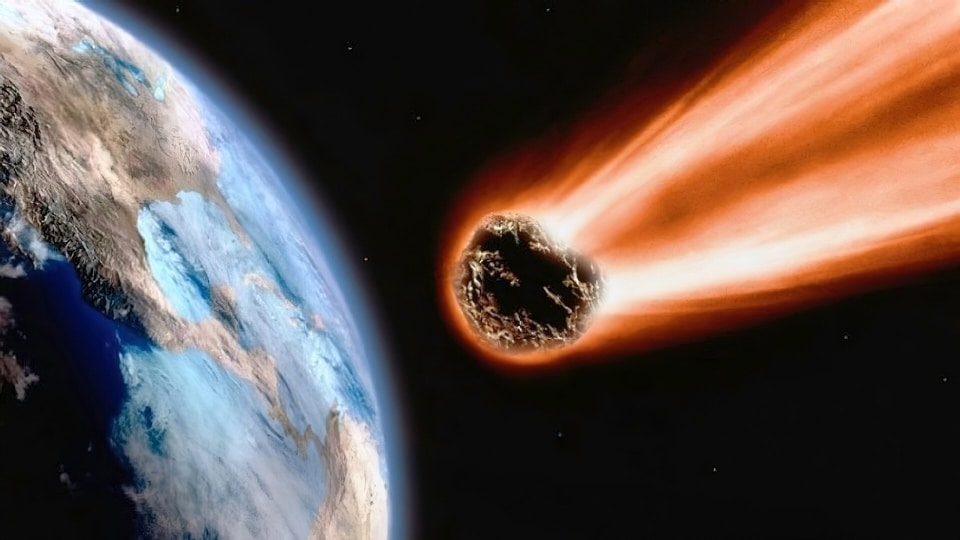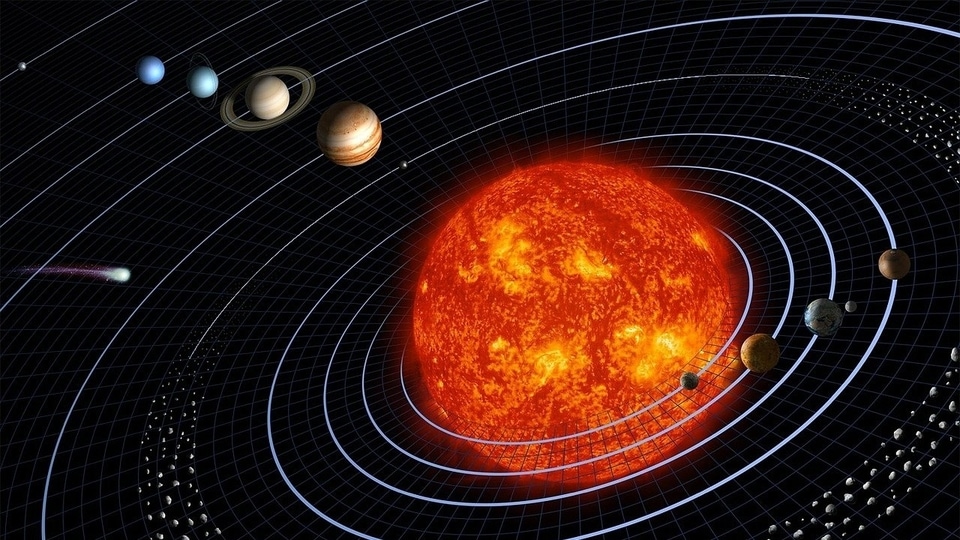Life on Earth was created by meteorite strikes and gamma rays, claims study
Researchers claim that life on Earth could have been sparked by a combination of meteorite strikes and gamma rays. Check the details now.






 View all Images
View all ImagesThe space agencies across the world have peered deep into space to find another planet where life flourishes and so far we have found nothing. One reason behind it could be that the conditions required to create and sustain life are so rare that it is incredibly difficult to find a similar planet. And this is why scientists have always been fascinated by the question of how life originated on Earth. And if a recent study is to be believed, we are merely a byproduct of meteorites and gamma rays. Yes, life on Earth began when a meteorite, which was infused with gamma rays, struck our planet. Intrigued? Read on.
A study was published in the journal ACS Central Science which has made this claim. And even if it seems like a far-fetched idea, the researchers have experimentally demonstrated that it is indeed possible. And the explanation behind it is also quite simple.
Life on Earth came from meteorites and gamma rays
In its early days, the Earth was a barren rocky planet, which due to its placement around the Sun had enough heat to create oceans and an atmosphere. And luckily, the dominant gasses in the atmosphere were Nitrogen and Oxygen. And while these building blocks of life were necessary to foster and nourish life, they were not capable of creating it. And for millions of years, there was no life on Earth. Till, there was.
Yoko Kebukawa, the lead author of the study and his associates argued that amino acids, which are necessary for creation of life, did not originate on Earth but instead were bombarded into it through various meteorite strikes. But how did these space rocks contain amino acids? This is where gamma rays come into the picture.
During the research, Kebukawa theorized that molecules such as ammonia and formaldehyde can synthesize amino acids in the presence of liquid water and heat. Many meteorites contain ice but liquid water and particularly heat is a difficult thing to obtain in space. But, radioactive elements (such as Cobalt-60) can release gamma rays when they decay, which would produce the necessary heat to melt ice and help create amino acids with the high energy heat.
In fact, the team was able to successfully recreate the process when they dissolved formaldehyde and ammonia in water and put it inside a sealed glass tube and ran it through gamma rays from Cobalt-60. The team found that many basic amino acids such as alanine, glycine and others rose to the surface.
While this study is not enough to conclusively prove that life on Earth indeed came from space, it does highlight that such an occurrence is not entirely beyond possibilities.
Catch all the Latest Tech News, Mobile News, Laptop News, Gaming news, Wearables News , How To News, also keep up with us on Whatsapp channel,Twitter, Facebook, Google News, and Instagram. For our latest videos, subscribe to our YouTube channel.





























